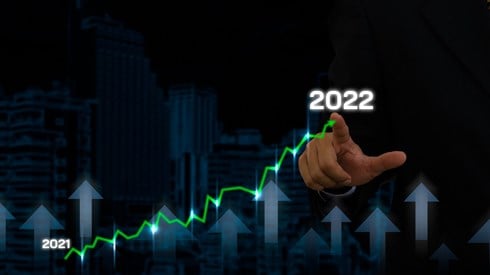US Captive Insurance Segment Continues To Outperform Commercial Market

August 05, 2022

The US captive insurance segment continued to generate profits and increase surplus during 2021 while outperforming commercial market peers, according to A.M. Best.
In A.M. Best's Special Report, titled "US Captive Insurance: Stepping in Amid Capacity and Pricing Challenges," Best said that US captives that it rates reported a strong year in 2021 with pretax operating income of $1.0 billion, down slightly from $1.1 billion in 2021.
The 5-year average combined ratio of 84.5 percent reported by A.M. Best-rated captive insurance companies was considerably better than the 99.4 percent combined ratio posted by their commercial insurance peers over the period, the rating agency said.
Year over year, the group of US captives saw a 1.8 percentage point improvement in their combined ratio to 85.4 percent, Best said. Between 2017 and 2021, the group added $4.3 billion to its year-end surplus while returning $5.8 billion in stockholder and policyholder savings, according to Best. That represented a $10.1 billion insurance cost-saving that the captives delivered for their parent organizations by not purchasing coverage from the commercial market, Best said.
"The captive segment's inherent flexibility and control in managing risk drives profitability and retains earnings while creating value for its policyholders and stakeholders, regardless of market conditions," Dan Teclaw, associate director at A.M. Best, said in a statement.
Best said that investment returns remained a challenge for the rated US captive insurance companies. Net investment returns increased slightly in 2021, which, when combined with higher capital gains, increased investment returns to 4.1 percent from 3.9 percent, the rating agency said.
Best reported that the number of US captive insurance companies continues to increase, although economic uncertainty resulting from the COVID-19 pandemic, ongoing scrutiny from the Internal Revenue Service, and greater regulatory and reporting requirements have tempered that market growth somewhat.
"Difficult commercial market conditions highlight the benefits of the captive segment and provide businesses an incentive to establish them," Fred Eslami, associate director at A.M. Best, said in the statement. "In hard markets, some non-insurance companies may feel the commercial market does not understand or overprices their view of their own risks, so they investigate forming captives. This current environment allows captives to customize coverage for risks that may be uncommon or difficult to write or place in the standard market."
A.M. Best rates more than 200 alternative risk transfer entities in the United States and around the world.
Copyright © 2022 A.M. Best Company, Inc. and/or its affiliates. ALL RIGHTS RESERVED.
August 05, 2022




